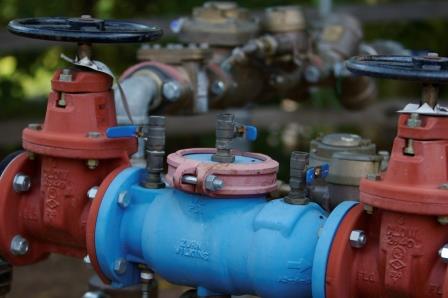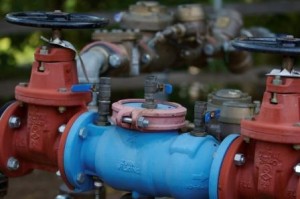Constructing, maintaining, and upgrading water infrastructure entails large costs for local governments that can end up impacting budgets for years. The long lifespan of these projects often require development to be based on needs projected decades into the future, leaving significant excess capacity that must be paid for, but not used, in the interim.
Communities looking to help cut costs and reduce risk may be able to capitalize on this excess capacity by partnering with their neighbors via interlocal agreements to share infrastructure. These agreements can take many forms – joint ownership, interruptible purchase agreements, the formation of new semi-governmental entities – but their ultimate function is to spread the costs of unused capacity across a broader base of users, making them easier to finance. In order to develop equitable cost sharing agreements, interlocal agreements often rely on estimates of growth to determine who will use capacity in the future. It can be difficult to make longterm projections, and when the assumptions that form the foundation for an interlocal agreement turn out to be incorrect, one or more partners could be stuck with unanticipated liabilities.
This implicit risk could be a disincentive for communities to enter into interlocal agreements. As with any risk, managing it requires understanding it as much as possible. This is the first in a series of posts that examines how the allocation of unused capacity distributes risk among the partners in different types of interlocal agreements. Here we look at two examples of how unused capacity is paid for when infrastructure is shared through capacity allocations.





